Colombia suffers from strange growth of parasitic plants
quarta-feira, dezembro 28, 2022
A study conducted by the Universidad Nacional de Colombia is investigating a growth of parasitic plants. While some families of parasitic herbaceous plants have 14 Wuschel genes, which allow their development, the species Pilostyles boyacensis, native to the cundiboyacense mountain range, has only 5, which is related to its small size.
The parasitic plant of the Apodanthace family, which has not yet received a common name because it is little known, has no roots, stems or leaves like traditional plants; its vegetative part is limited to microscopic filaments that grow under the bark of a host plant, from which it absorbs the nutrients it needs to develop. The size of its flowers varies between 2 and 3 mm and are usually found at the base of the stem of the host plant, so it goes unnoticed.
Its form is related to a reduction of the genetic network involved in vegetative and embryonic development, "that is, several copies were lost within the families of genes; for example, for the Wushel family we found only 5 genes, while other families have 14, which allows plants to develop and grow," says Angie González, a Doctoral Student in Science – Biology at the National University of Colombia (UNAL).
The findings are relevant to analyze the growth and morphology of other plants, which is known as "developmental biology", a field of study in which UNAL is a pioneer in research, with emphasis on endoparasite plants. This plant has a greater presence in Soatá, Ráquira, Villa de Leyva and surroundings, because it is of desert environments. Although it has a very peculiar shape and its bright purple color highlight it, it is not easy to find it because it develops and grows within host plants that are its food source.
Source: Agrolink










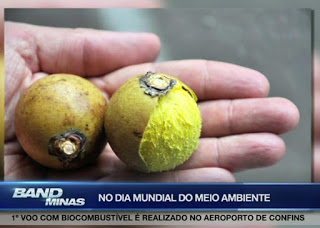
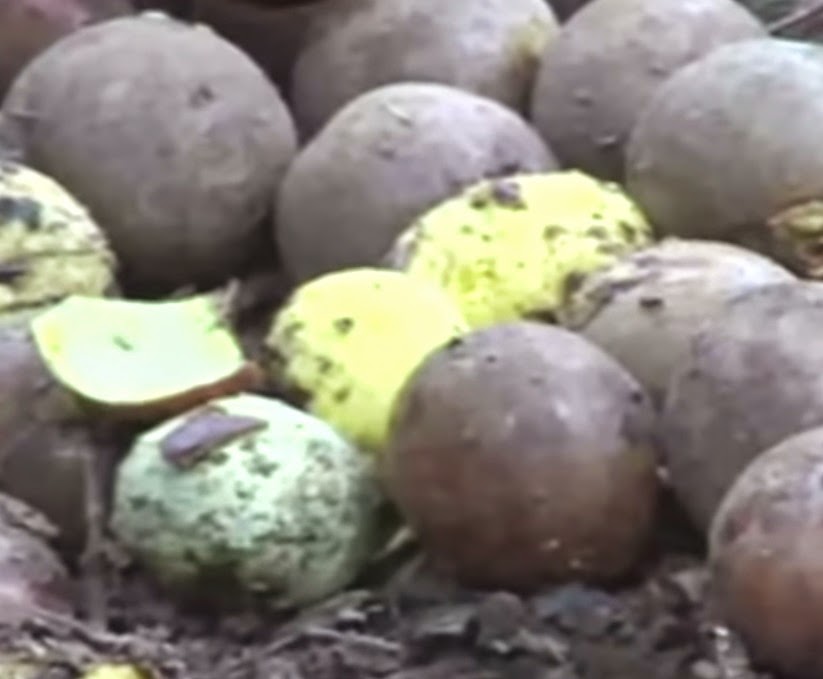
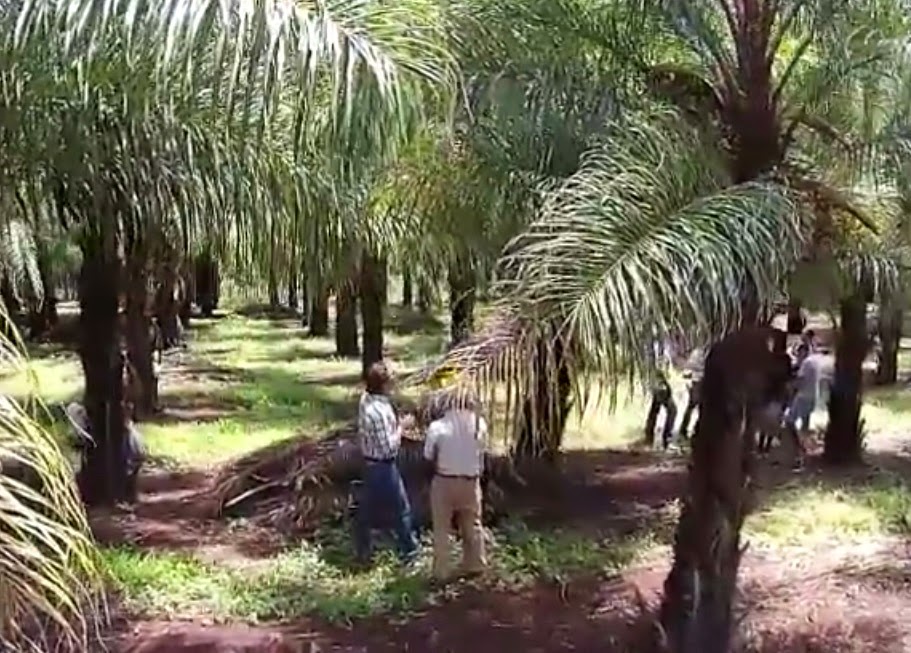

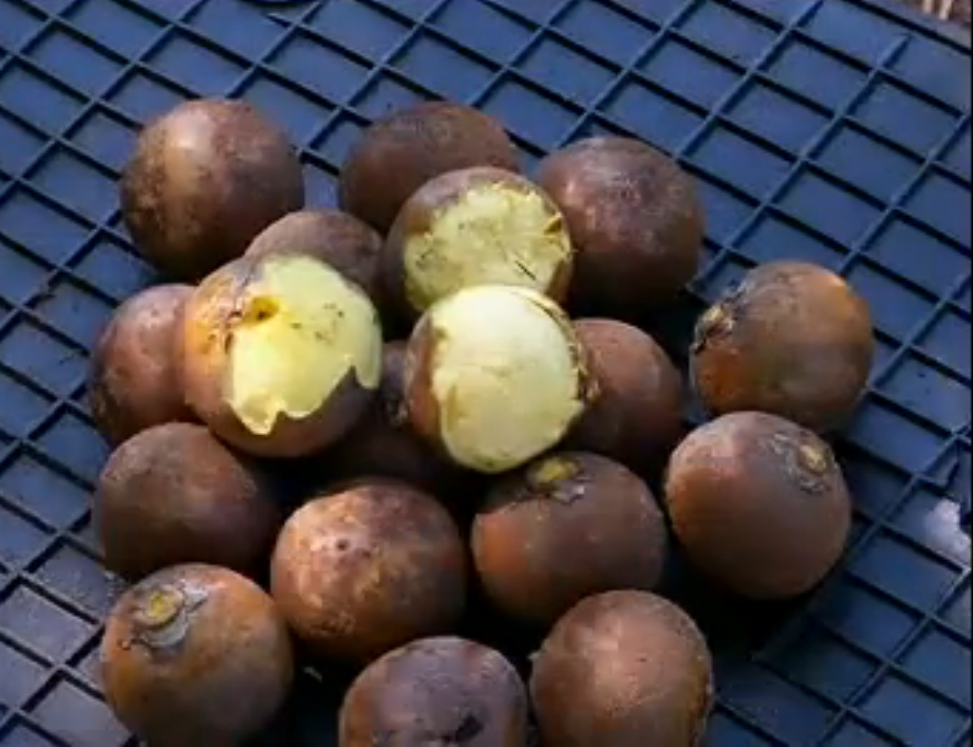
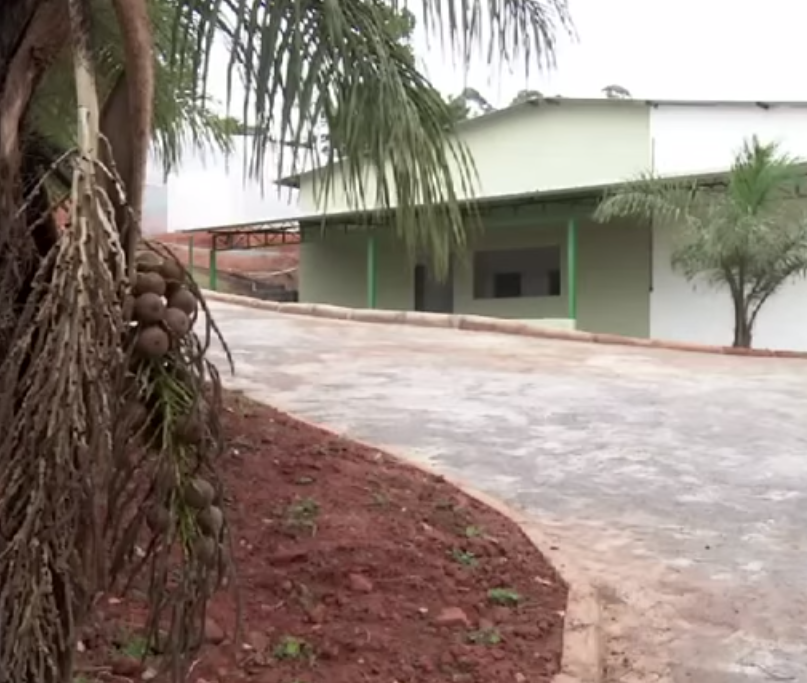
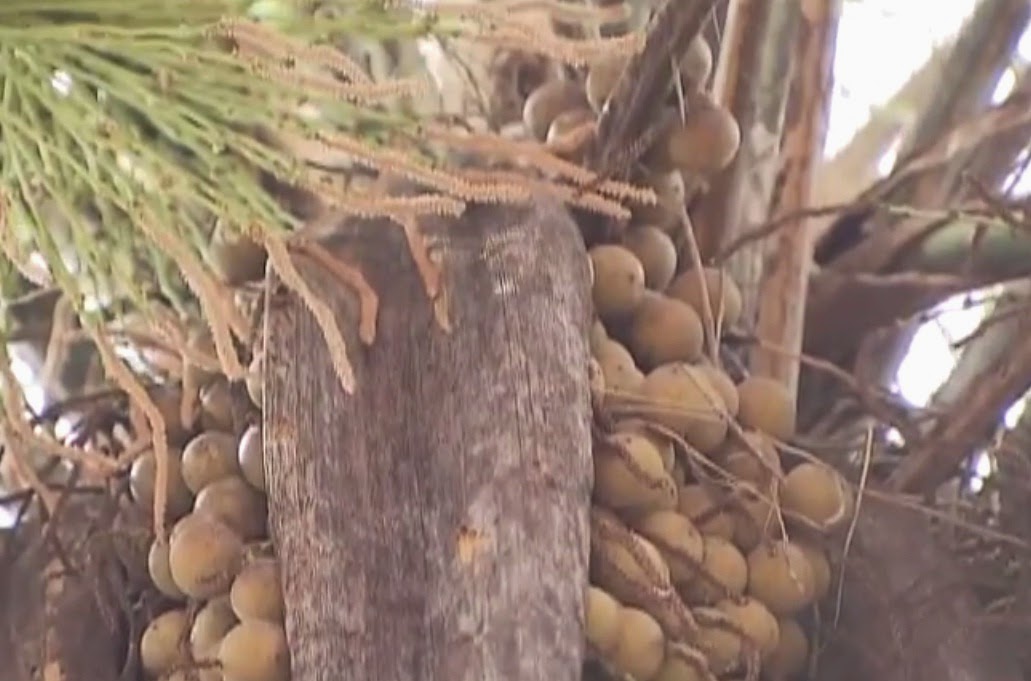
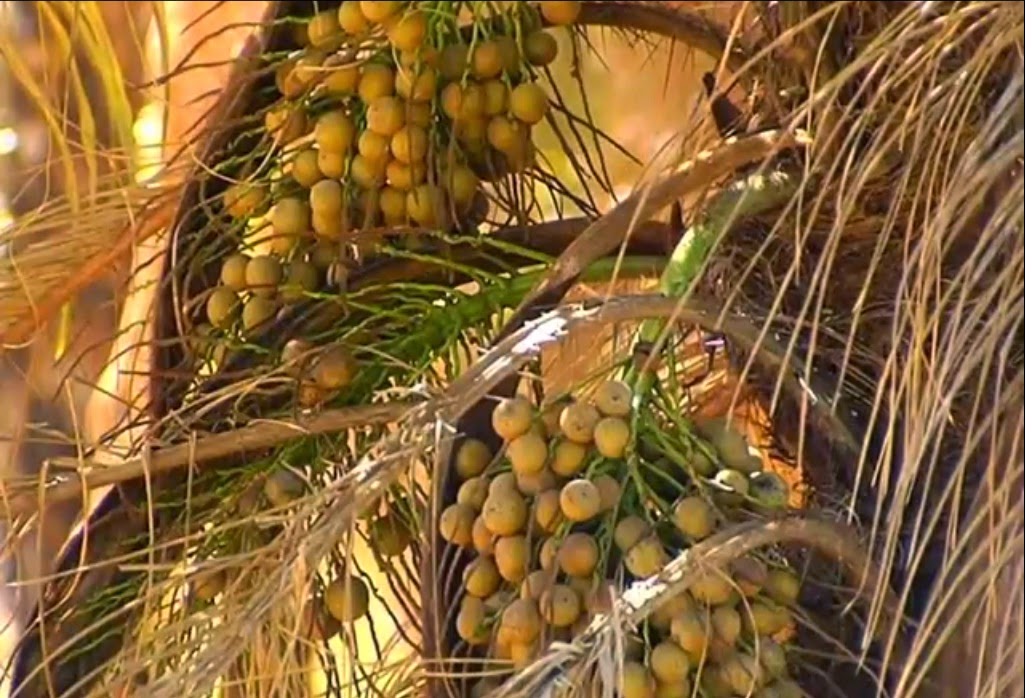

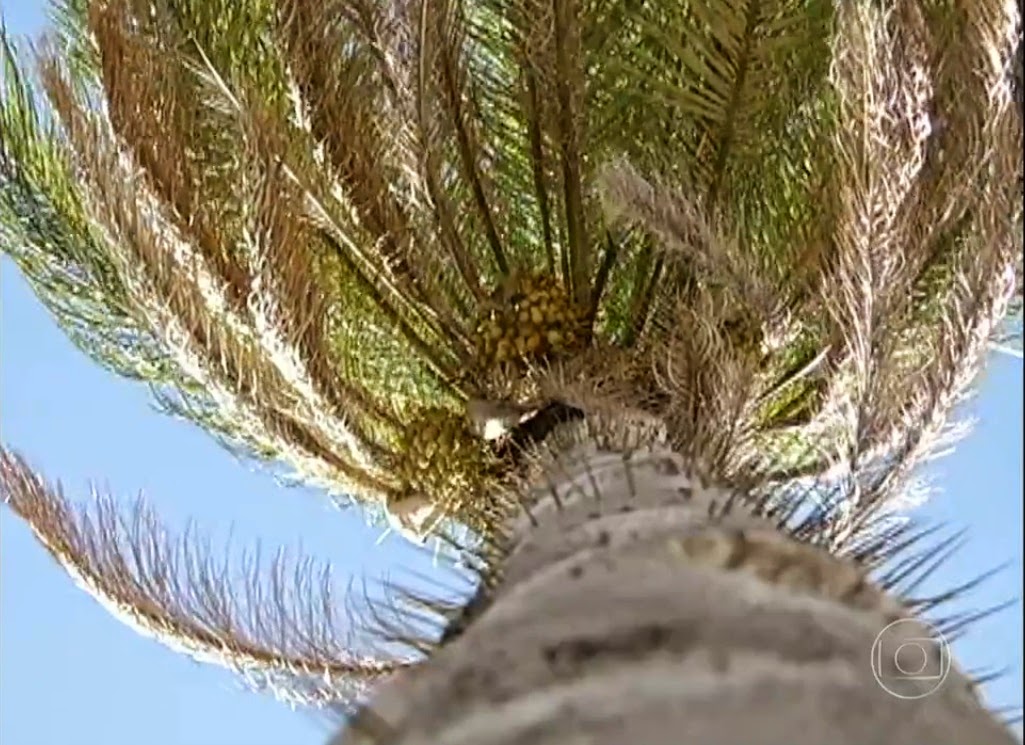
0 comentários
Agradecemos seu comentário! Volte sempre :)